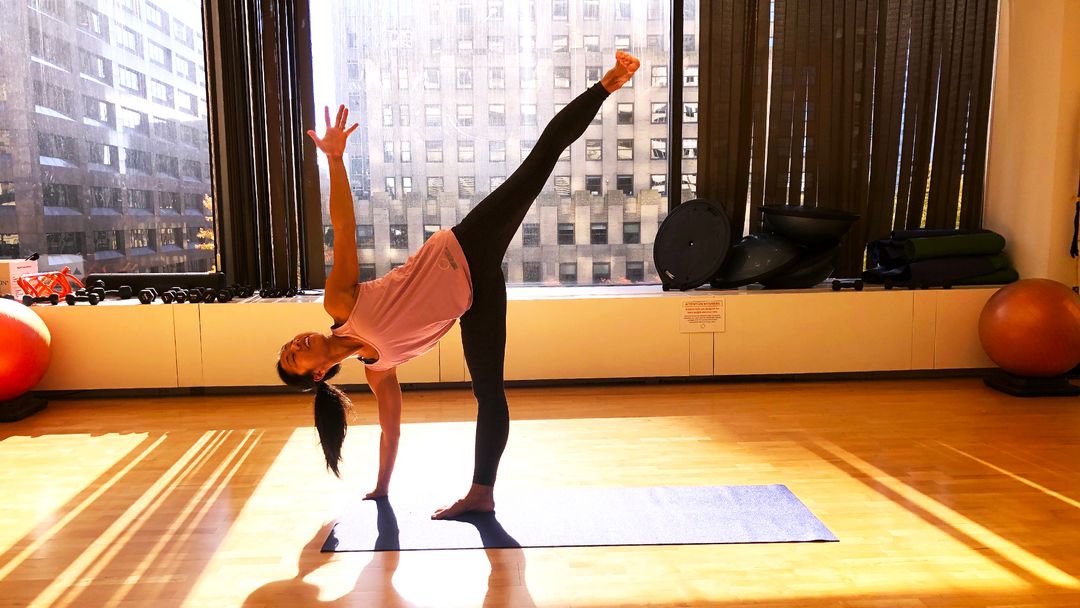Have you ever wanted to practice some kick asana looking and fun sound poses like Eka Pada Galavasana (Flying Pigeon Pose)? Yet, when you try to get your leg in the air, you get stuck. It’s common to ask yourself, are all poses really achievable for your body?
Get to know YOUR body
Before jumping to conclusions about what poses you can or cannot ever achieve, it is important to get to know your body. Likely, your will resonate with one of the three body types popularized by William Sheldon in the 1940s: ectomorph, endomorph, and mesomorph. Ectomorphs tend to have a small frame comprised of slender joints and lean muscles. Endomorphs tend to have a large frame comprised of sizable joints and limited muscle definition. Mesomorphs tend to have an athletic frame comprised of strong joints and well defined muscles.
There are a handful of studies examining different yoga practices based on Sheldon’s body types. Moreover, the research aligns with the recommended yoga practices for the Ayurvedic mind-body types. The three mind-body types, or doshas, are vata, pitta, and kapha. The physiques represented by the doshas align with Sheldon’s body types: vata doshas and ectomorphs, kapha doshas and endomorphs, and pitta doshas and mesomorphs. The doshas go beyond purely physical attributes and blend physical, mental, and emotional characteristics.
Recommended Poses for Your Dosha
Vata doshas tend to struggle with anxiety, so grounding and calming practices are recommended. Practice slowly with intention on prolonged holds in poses like Virabhadrasana I (Warrior 1 Pose).
Kapha doshas tend to struggle with lethargy, so heating and invigorating practices are recommended. Practice vigorous flows and heating poses, such as Eka Pada Urdhva Dhanurasana (One-Legged Upward Bow Pose.
Pitta doshas tend to struggle with competition and excess heat, so cooling and compassionate practices are recommended. Practice fun flows with playful poses like Ardha Chandrasana (Half Moon Pose).
YOU-ga: Become informed by your nature and nurture
Nature refers to the influence of genetic predispositions while nurture refers to the impact of the environment, culture, and experiences on human development and behavior. The debate of nature and nurture has evolved significantly over time. Modern thought embraces the dynamic systems approach to nature and nurture, viewing human development as emergent, nonlinear, and multi-determined.
Translating the ideals of nature and nurture into svadhyaya (self-study), it can be helpful to explore your genetic predispositions and your environment, culture, and experiences. For instance, a family history of high blood pressure can inform you to be mindful when practicing poses that impact blood pressure (e.g. sirsasana). A lifestyle that requires you to be habitually seated most of the day can lead to tightness in the hip flexors and, concurrently, rounded shoulders. Practicing hip extension poses and shoulder openers (e.g. baddha virabhadrasana – variation) can counter some of your lifestyle choices.
Knowing your nature, nurture, and body type, can you really achieve any pose?
Since there are so many unique bodies in the world, it is best to turn to yoga philosophy to answer if you can and should achieve any pose.
From the yoga sutras, abhyasa, is often translated to diligent practice or consistent effort without interruption. Recognizing that development is emergent, nonlinear, and multi-determined, a dedicated practitioner channeling abhyasa to focus on asana could theoretically master any pose. Some limiting factors, such as scoliosis or how open your hips are,, would require additional focus and training.
Yoga philosophy reminds us that abhyasa is balanced and equalled by vairagya. Seen as a pair of wings that work together to keep the practice airborne, vairagya teaches students the art of letting go and remembering that yoga is a path toward enlightenment with asana as just one of eight limbs. Effort and surrender.
Ultimately, it is your body and journey to the self. There is no right or wrong when it comes to poses, only practice. Happy yoga!







